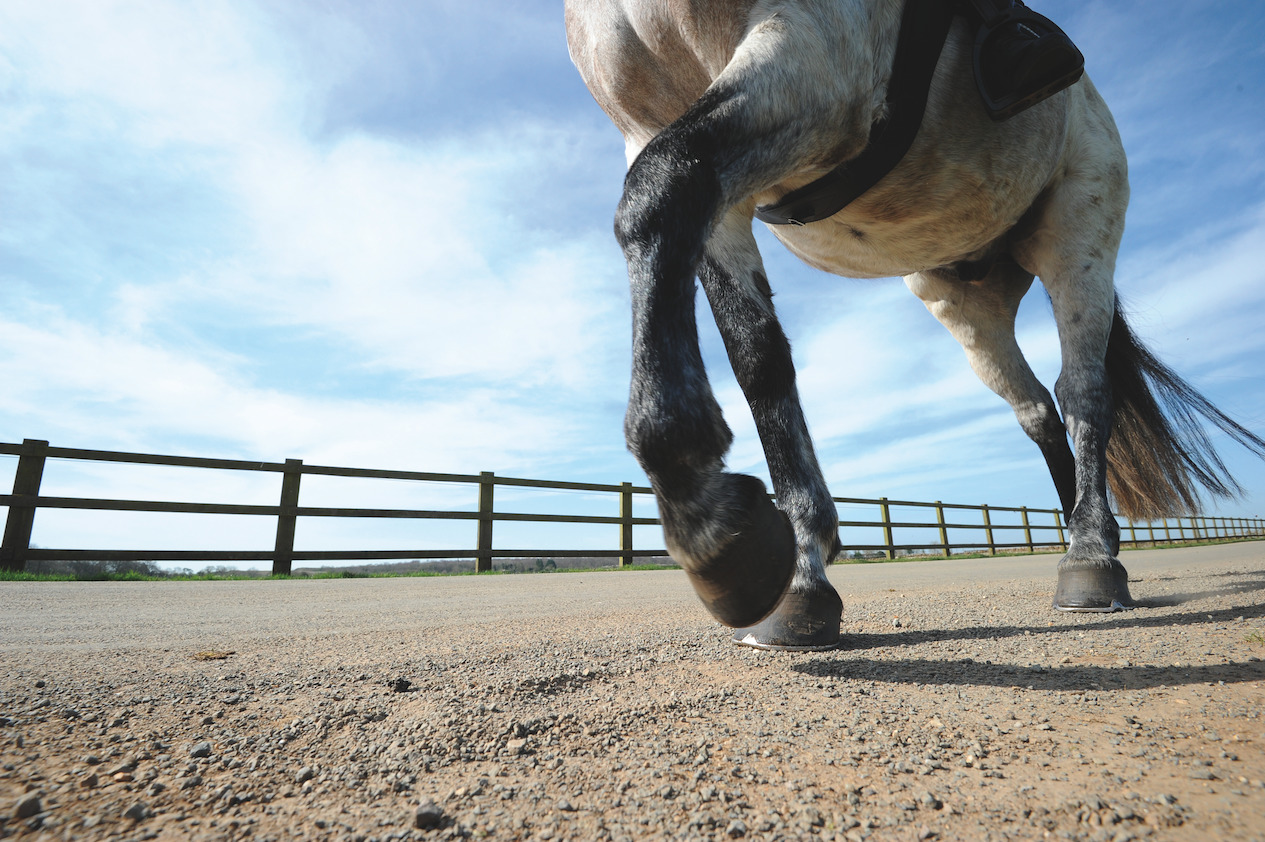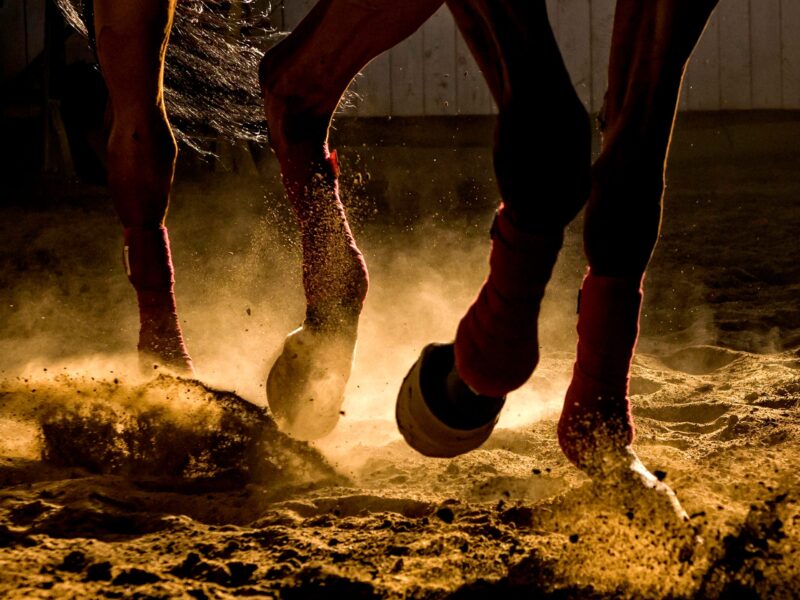Thrush is a common and often frustrating condition that can affect horses of all ages and breeds. It is caused by a fungal infection in the hoof, specifically in the frog area, and can lead to discomfort and lameness if left untreated. Recognizing the signs of thrush early on is crucial in order to provide prompt and effective treatment.
Symptoms may include a foul odor, black discharge, and sensitivity to pressure in the affected hoof. Fortunately, with proper care and treatment, thrush can be managed and horses can return to their normal activities. In this article, we will explore the causes, symptoms, and treatment options for thrush in horses to help horse owners better understand and address this common issue.
Introduction to Thrush in Horses

Thrush in horses is a common condition that affects the hooves of equines. This fungal infection can cause discomfort and lameness if left untreated, making it essential for horse owners to recognize the signs and symptoms early on. Thrush is typically characterized by a foul odor emanating from the affected hoof, along with a dark, black discharge.
While thrush is generally not a serious health issue, it can lead to more severe complications if not addressed promptly. In this article, we will explore the causes, symptoms, and treatment options for thrush in horses to help you better understand and manage this common equine ailment.
Causes of Thrush in Horses

Thrush in horses can be caused by a variety of factors, with the most common being wet and dirty living conditions. When a horses hooves are exposed to damp and dirty environments for an extended period of time, it creates the perfect breeding ground for the anaerobic bacteria responsible for thrush. Inadequate hoof care, such as infrequent cleaning and trimming, can also contribute to the development of thrush.
Additionally, horses with compromised immune systems or poor hoof conformation are more susceptible to developing thrush. It is important for horse owners to regularly clean and inspect their horses hooves, provide proper hoof care, and ensure their living environment is clean and dry to prevent the onset of thrush.
Symptoms and Signs of Thrush in Horses

Thrush in horses can present with a variety of symptoms and signs that are important to recognize in order to properly diagnose and treat the condition. One of the most common signs is a foul odor emanating from the affected hoof, often resembling a strong, musty smell. Additionally, horses with thrush may exhibit lameness or discomfort when walking, particularly on hard or uneven surfaces.
The affected hoof may also have a black, tarry discharge, and the frog – the central part of the hoof – may appear swollen or spongy. It is crucial for horse owners and caretakers to regularly inspect their horses hooves for any signs of thrush in order to address the issue promptly and prevent further complications.
Conclusion
In conclusion, understanding thrush in horses is crucial for the health and well-being of these animals. By recognizing the causes, symptoms, and treatment options for thrush, horse owners can effectively prevent and manage this common hoof ailment.
Regular hoof care, proper hygiene practices, and the use of products like Best Hoof Conditioner can help maintain healthy hooves and prevent thrush from developing. It is important for horse owners to stay vigilant and proactive in addressing thrush to ensure the overall health and performance of their equine companions.


